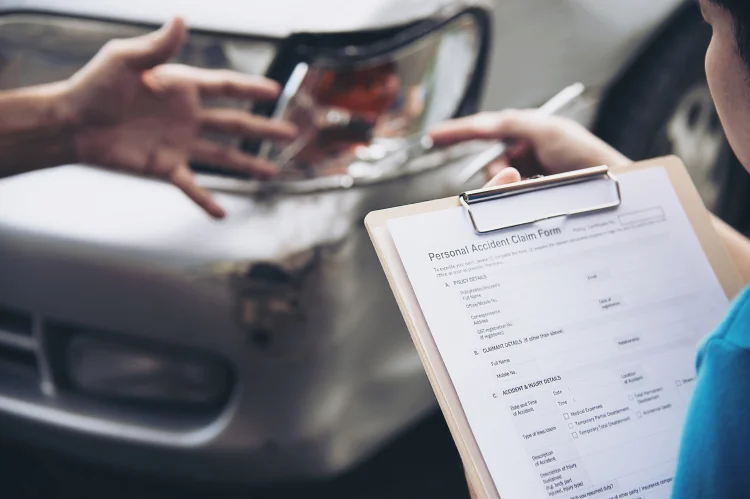Auto accidents happen fast. They are frightening and stressful. In those first moments, many people panic and do not know what to do. This can make the situation worse. That is why it is important to understand the steps to take right after a crash. These steps can keep you safe, protect your rights, and help you deal with insurance or legal issues later. The process is not difficult, but you must stay calm and follow it step by step.
Check for Injuries
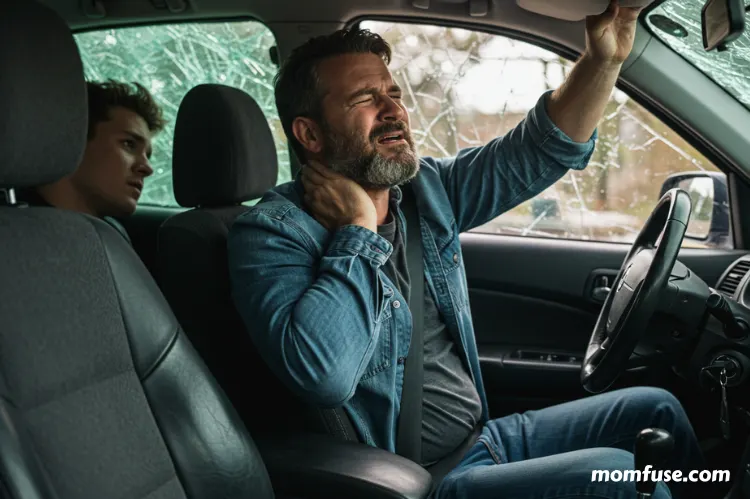
The first thing you should do after a crash is check yourself. Notice if you feel pain, dizziness, or numbness. Sometimes injuries are obvious, such as bleeding or broken bones. At other times, they may not show right away. If you have passengers, check them too.
Speak to them and see if they are alert. If anyone is hurt, call for help immediately. Do not try to move a person who is badly injured unless it is necessary to keep them safe. Moving someone in the wrong way could make the injury worse.
Move to a Safe Place
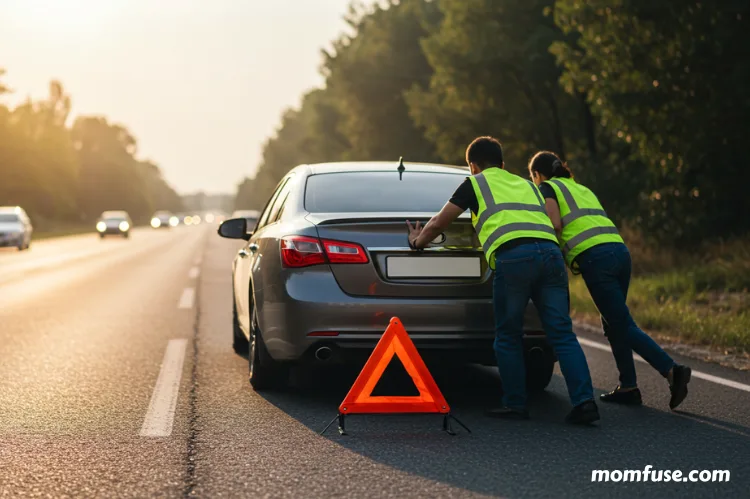
If your car is in the middle of the road and it is possible to move it, drive it slowly to the side. If the car will not move, leave it where it is but turn on your hazard lights. This alerts other drivers that something has happened.
If you have safety equipment like a reflective triangle, place it behind your car to warn others. Getting out of traffic reduces the risk of another accident. Always think of safety first before worrying about your car.
Call Emergency Services
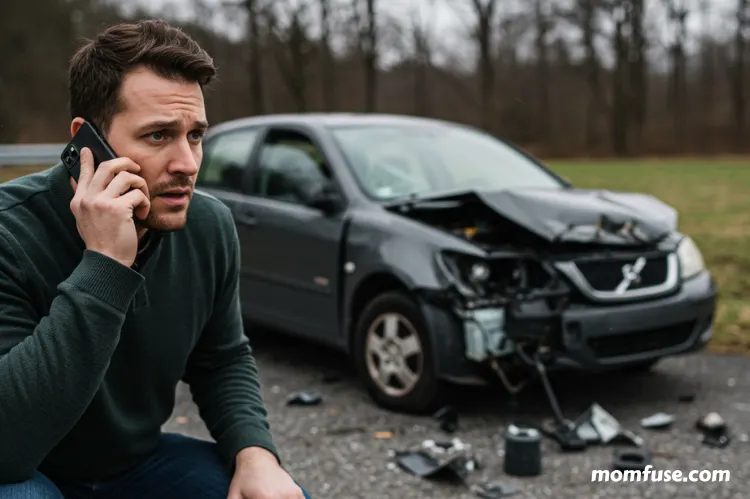
Even if you think the crash is minor, it is best to call emergency services. Dial 911 or your local emergency number. Tell the operator where you are, how many cars are involved, and if anyone is hurt.
Police officers may need to file a report. Paramedics may need to check on people at the scene. Firefighters may also come if there is a fuel spill or risk of fire. The presence of emergency workers makes the scene safer for everyone.
Exchange Information
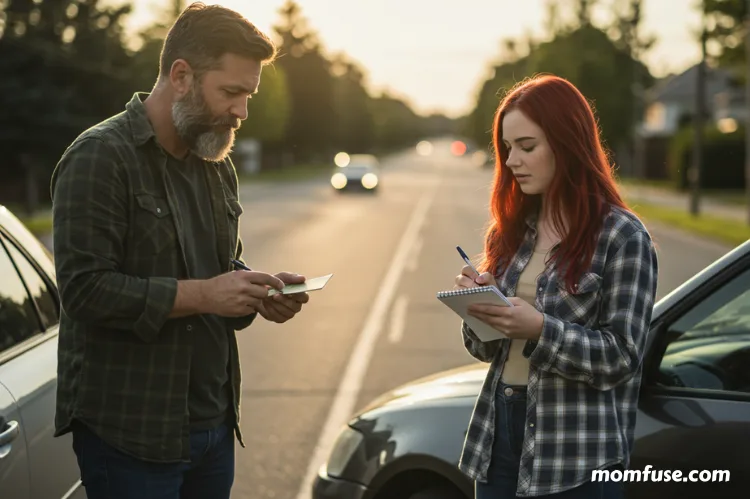
Once the area is safe and no one is in immediate danger, you must exchange information with the other driver. Ask for their full name, address, and phone number. Write down their driver’s license number. Ask for their insurance company name and policy number.
Note the make, model, and color of the car as well as the license plate number. Give them the same information about yourself. If there are people who saw the accident, you can ask for their contact details too. Do not admit fault or blame the other driver. Only share the facts calmly.
Keep Your Distance When Emotions Run High
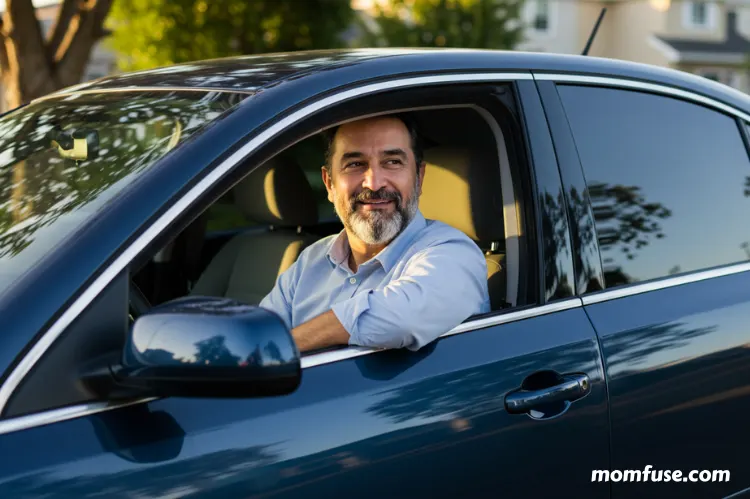
Car crashes can trigger anger, fear, or panic. Sometimes drivers argue about who caused the accident. Do not let emotions control the situation. If the other driver becomes upset or aggressive, stay calm and keep your distance.
Do not yell or fight. If you feel unsafe, wait inside your car until the police arrive. Being polite and controlled helps you avoid extra trouble and keeps the focus on solving the problem.
Take Photos and Videos
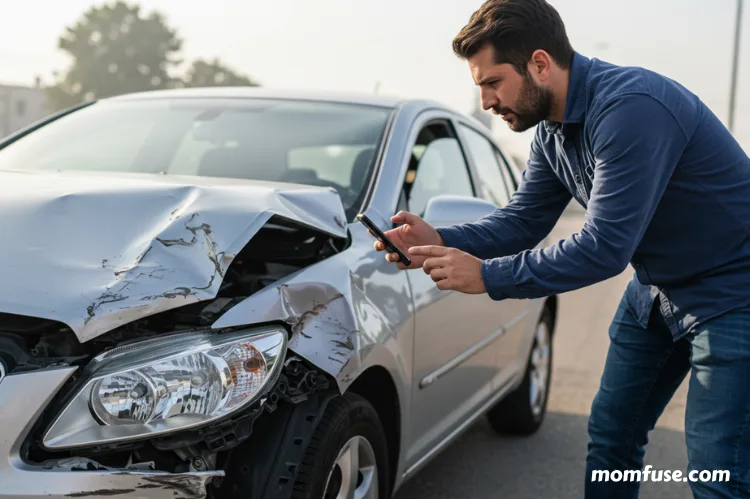
Use your phone camera to capture details of the scene. Photograph the damage to both cars from several angles. Take a picture of the license plates and the location of the vehicles on the road. Show the surroundings, such as stop signs, traffic lights, or skid marks.
Record the weather conditions, such as rain, fog, or poor lighting. Videos are also helpful because they show the entire scene in motion. These images may later serve as important evidence when dealing with insurance or legal claims.
Call Your Insurance Company
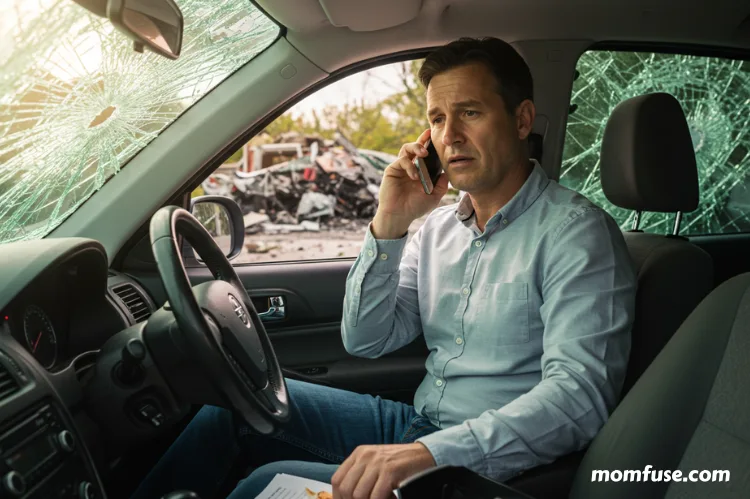
After the situation is under control, call your insurance company. Report the accident as soon as possible. Give them the time, place, and details of what happened. Be honest, but do not say you were at fault.
The insurance company will ask for the photos, the other driver’s information, and the police report number if available. Follow their instructions carefully. They may send a claims adjuster to inspect the car. Reporting quickly helps your case move forward faster.
Seek Medical Attention
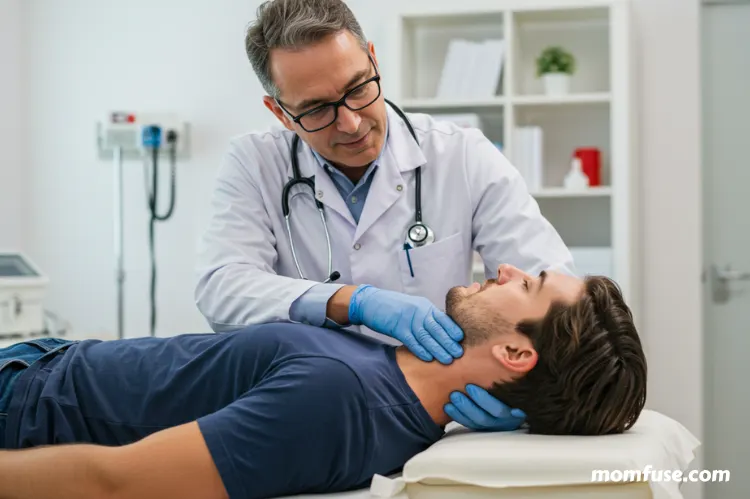
Sometimes injuries from a car crash do not appear right away. You may feel fine at first because of the shock or adrenaline. Later, you may notice pain in your neck, back, or head. This is common with whiplash or concussion. That is why it is important to visit a doctor soon after the accident.
A medical check can confirm if you are truly fine or if you need treatment. If you do have injuries, keep copies of the doctor’s reports and bills. They may help you later if you need to file a claim.
Know Your Legal Options
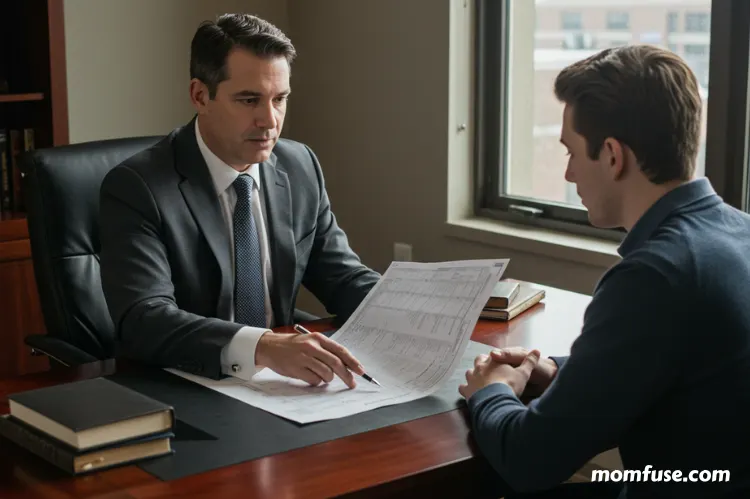
If the accident was caused by another driver and you suffered losses, you may want legal guidance. A lawyer who handles car accidents can explain your rights. They can also help you deal with the insurance company, which may try to pay less than what you deserve.
In some cases, you may be entitled to money for medical bills, lost wages, and pain. If you live in Phoenix, you can check resources such as https://sweetlaw.com/phoenix-accident-attorneys/ to explore your options. Speaking with an experienced attorney helps you avoid mistakes and protects your future.
Document Everything
Stay organized after the crash. Keep a record of all important documents in one place. Save the police report or case number. Keep all medical bills, receipts for car repairs, and notes from your doctor.
Write down your own notes about how the accident happened and how you felt afterward. Hold on to the photos and videos you took. If you need to make a claim or go to court, these records will make your case stronger.
Explore this Auto Accident Legal Guide
After an auto accident crash, it is important to stay calm and act with care. Always check for injuries and call for help if needed. Make sure to gather information and take photos of the scene. Report the accident to the police and notify your insurance company. Taking these steps will help protect your health, safety, and legal rights.
Read Next: Wrongful Death Claim: Steps to Cope and Seek Justice

